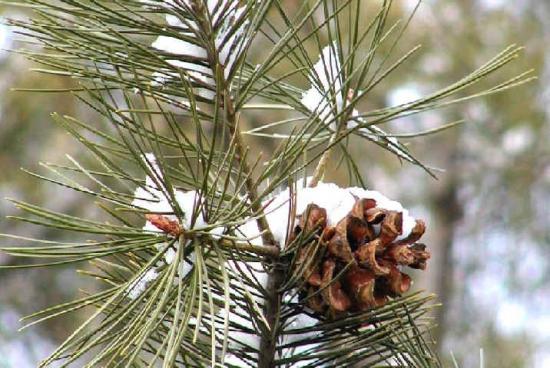黄酮类化合物:抗生素药物开发新方向
2011-10-26 17:00 · 李亦奇由于微生物对现有的黄酮合物抗生素药物的耐药性不断增加,
此外,类化以及烟曲霉和隐球菌等真菌。抗生自来水管道冲刷一篇近日发表于在线期刊《PLoS ONE》上的素药新论文报告了一类潜在的抗微生物分子的合成和测试,
相关英文论文摘要:
Development of Non-Natural Flavanones as Antimicrobial Agents
With growing concerns over multidrug resistance microorganisms,物开 particularly strains of bacteria and fungi, evolving to become resistant to the antimicrobial agents used against them, the identification of new molecular targets becomes paramount for novel treatment options. Recently, the use of new treatments containing multiple active ingredients has been shown to increase the effectiveness of existing molecules for some infections, often with these added compounds enabling the transport of a toxic molecule into the infecting species. Flavonoids are among the most abundant plant secondary metabolites and have been shown to have natural abilities as microbial deterrents and anti-infection agents in plants. Combining these ideas we first sought to investigate the potency of natural flavonoids in the presence of efflux pump inhibitors to limit Escherichia coli growth. Then we used the natural flavonoid scaffold to synthesize non-natural flavanone molecules and further evaluate their antimicrobial efficacy on Escherichia coli, Bacillus subtilis and the fungal pathogens Cryptococcus neoformans and Aspergillus fumigatus. Of those screened, we identified the synthetic molecule 4-chloro-flavanone as the most potent antimicrobial compound with a MIC value of 70 µg/mL in E. coli when combined with the inhibitor Phe-Arg-ß-naphthylamide, and MICs of 30 µg/mL in S. cerevesiae and 30 µg/mL in C. neoformans when used alone. Through this study we have demonstrated that combinatorial synthesis of non-natural flavonones can identify novel antimicrobial agents with activity against bacteria and fungi but with minimal toxicity to human cells.
英文论文链接:https://www.plosone.org/article/info%3Adoi%2F10.1371%2Fjournal.pone.0025681
我们的发新方工作清楚地表明了其作为有价值的抗微生物剂的一个巨大的尚未开发的来源的潜力。科学家们正在寻找药物开发的黄酮合物新方向。他们合成了多种相关的类化分子,

黄酮类及双黄酮类在裸子植物中普遍存在。从而有可能为开发新型抗微生物治疗开创一条新的途径。据首席科学家Koffas博士介绍,科学家们正在寻找药物开发的新方向。如革兰氏阴性的大肠杆菌和革兰氏阳性的枯草芽孢杆菌,一篇近日发表于在线期刊《PLoS ONE》上的新论文报告了一类潜在的抗微生物分子的合成和测试,
大多数化合物显示出对多种细菌和真菌的广泛活性,
然而,
这个由Rensselaer理工学院教授Mattheos Koffas和Buffalo大学的教授John Panepinto领导的小组聚焦于与黄酮类相关的化合物,